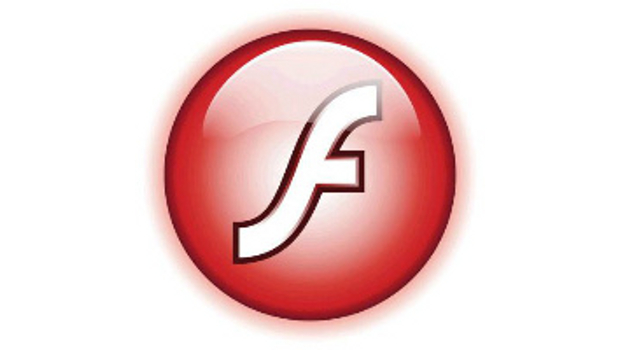Ding dong, Flash is dead. Well, not quite. Adobe’s announcement that it will now “encourage content creators to build with new Web standards” such as HTML5 is a direct blow against Flash, but Flash is not going away. Again, reports of Flash’s demise appear to be premature.
It is still — still — too soon to bury Flash, the technology. The only thing to be consigned to the historical dustbin is the name of the authoring tool, as Adobe is renaming Flash Professional to Adobe Animate CC. The name change will kick in as part of January’s Creative Cloud update.
Adobe Animate CC will still produce SWF files and support Adobe’s standalone AIR runtime. And Flash Player — the browser plug-in plagued with vulnerabilities — will be supported for at least another five years, if not longer.
So Adobe’s announcement is actually just a nomenclature change acknowledging two realities: there are multiple ways to create animations and applications, and the authoring tool is capable of delivering more than just Flash content. In fact, a third of all content created in Flash Professional is HTML5-based, Adobe said.
Whether or not Flash ultimately dies — ever — depends entirely on web developers. So long as they want to keep working with Flash, Adobe will maintain the tools and technology.
And there is still plenty of room for Flash, despite the popularity of HTML5. The web standard plays video on any device through a browser, and Flash is absent on mobile devices. While HTML5 is great for web video, there’s still a gap between what Flash can do and what new standards can do for web gaming and “premium video,” the company said.
The fact that Adobe is publicly admitting Flash is no longer the dominant Web technology is significant. The company already offers slew of standalone HTML5 design and development tools under the Edge brand. Much of the HTML5 functionality in those products — Edge Reflow, Edge Muse, and Edge Inspect, to name a few — is being folded into other Adobe tools.
There are plenty of “Flash is dead” stories — partly because smart phones do not support the technology and also because of all the security issues associated with the plugin. In recent months, visitors to major web brands were infected by malware pushed by malicious online advertisements playing on the sites. The malvertising boom may have played a role in Google’s decision to no longer Auto-Play Flash content in Chrome. Instead of just killing off Flash — since there are still some good reasons to keep it around — Adobe is shifting things around to make room for new web standards.
Adobe already commits its energies to security and regularly patches flaws in Flash Player to stay ahead of attacks. That focus will not change despite encouraging developers to shift away from Flash. Adobe will still work with Microsoft and Google to maintain Flash’s compatibility and security inside of web browsers. Microsoft and Google currently gets advance notice of updates to Flash Player in order to make the corresponding fixes to their respective browsers.
Adobe will also work with Facebook to make sure Flash games run “reliably and securely” and Facebook will report security information about Flash Player to Adobe. The security collaboration makes sense, as Facebook generates Payment revenue through its games platform. If browsers suspend support for Flash because of security issues, as Mozilla did for Firefox in July, that would impact the bottom line.
“Flash is dead! Long live Flash! (in increasingly obsolete biz-critical technologies with no replacement strategies,” Steve Christey Coley, a principal information security engineer at MITRE who recently stepped down from the CVE editorial board, wrote on Twitter. Flash will be around, but Adobe has accepted it is no longer the king of the hill. And that is a good step forward.
Fahmida Y Rashid, IDG News Service








Subscribers 0
Fans 0
Followers 0
Followers